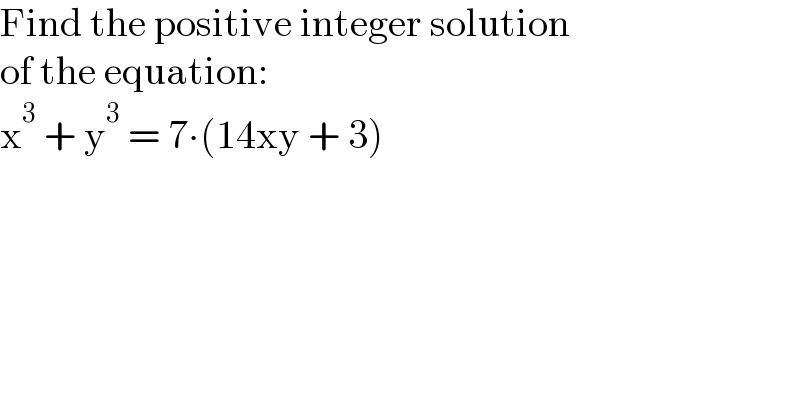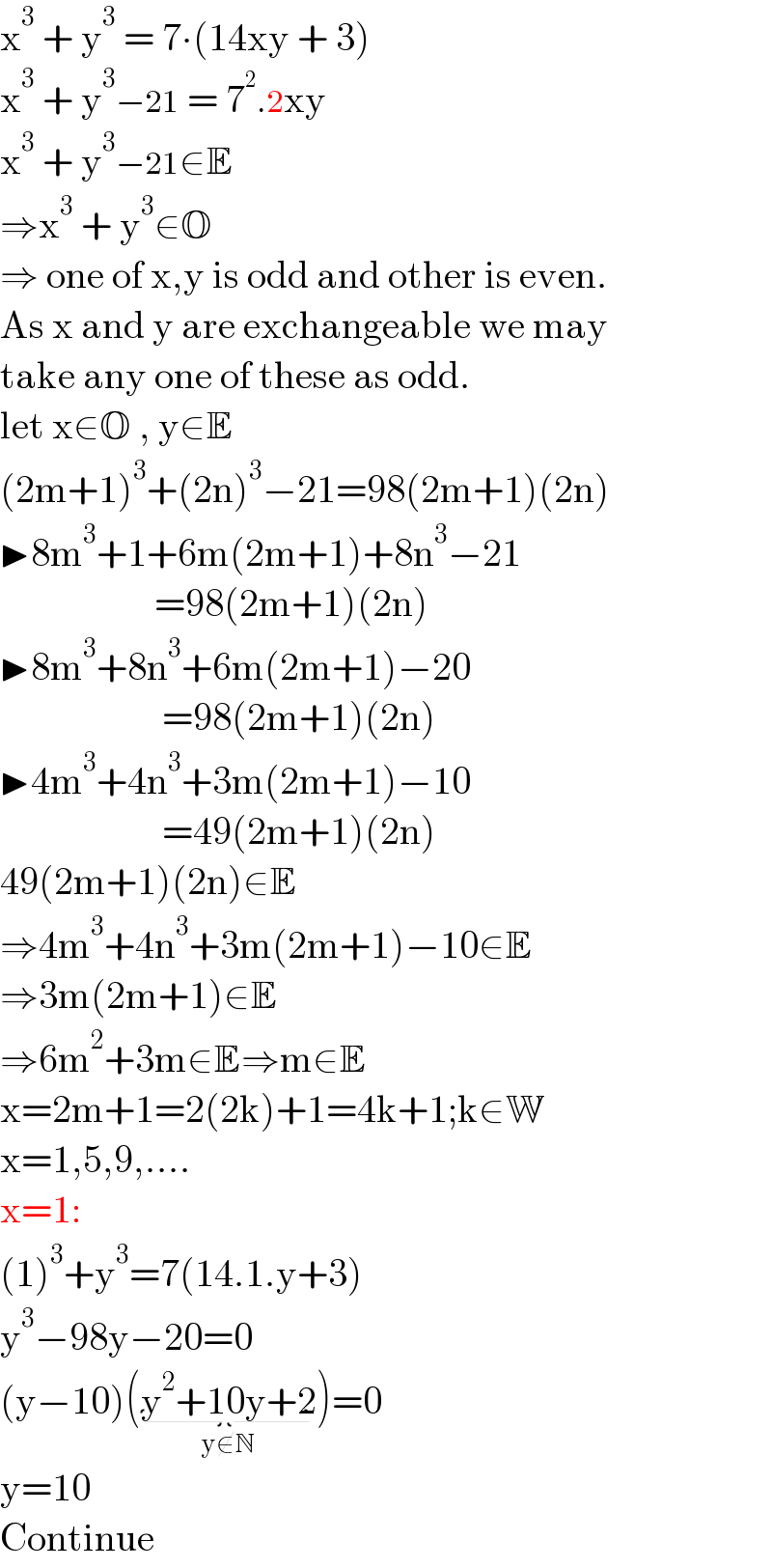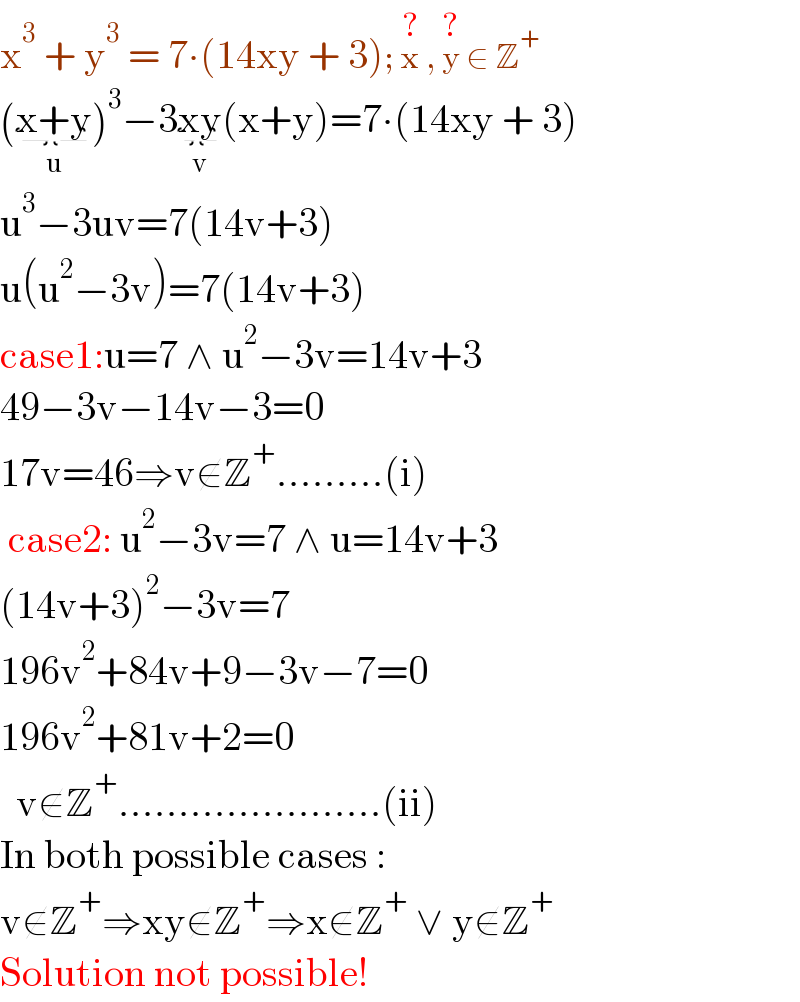
Question and Answers Forum
Question Number 157163 by MathSh last updated on 20/Oct/21

Commented by Rasheed.Sindhi last updated on 22/Oct/21

Answered by Rasheed.Sindhi last updated on 20/Oct/21

Commented by MathSh last updated on 21/Oct/21

Commented by Rasheed.Sindhi last updated on 21/Oct/21

